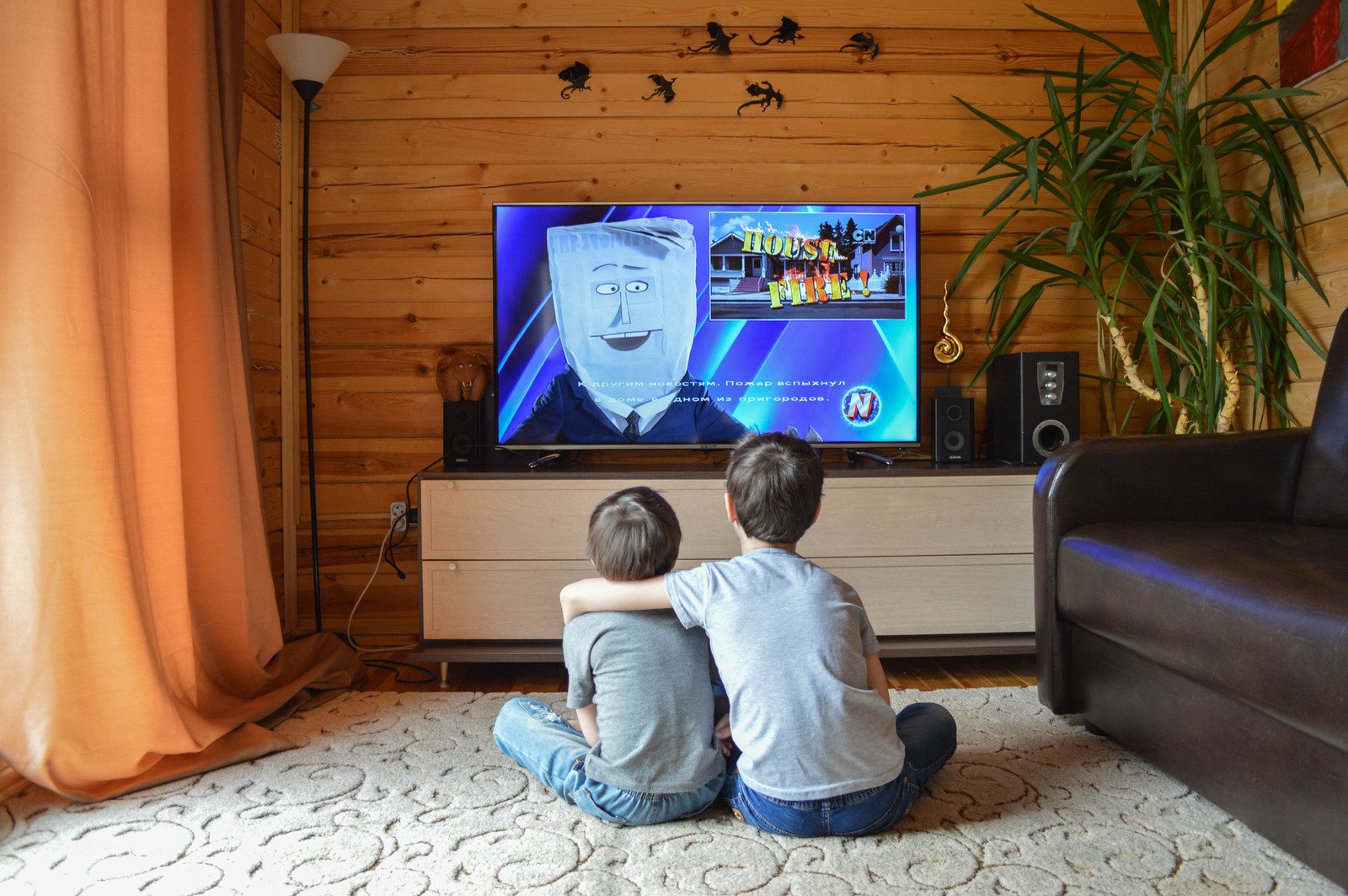Welcome to the ultimate guide on the evolution of TV technology! From the humble beginnings of black and white screens to the crystal-clear images of 8K resolution, this journey through television advancements is sure to captivate both tech enthusiasts and casual viewers alike. Join us as we delve into the fascinating world of TV innovation and explore how these technological advancements have shaped our entertainment experiences over the years. Let’s dive in!
The Early Years: Black and White TVs
In the early days of television, black and white TVs reigned supreme. These bulky sets with small screens were a staple in living rooms across the country. Families gathered around to watch their favorite shows, often adjusting antennas for better reception.
The images displayed were simple yet captivating, transporting viewers into a world of imagination. From classic sitcoms to historic broadcasts, black and white TVs brought stories to life in shades of gray.
Despite their limitations in color reproduction, these televisions held a special charm that is nostalgic for many today. The crackling sound of static as channels changed and the ritual of adjusting rabbit ear antennas are memories etched in the minds of those who grew up with these iconic devices.
Black and white TVs may be a thing of the past, but their impact on shaping the future of television technology is undeniable.
Color Televisions and the Rise of Cable
Color televisions revolutionized the way we experienced TV shows, turning them into vibrant spectacles that brought characters to life in our living rooms. The introduction of color TVs in the 1950s marked a significant shift from the monotony of black and white screens.
As technology advanced, cable television emerged, offering viewers an array of channels beyond what traditional broadcast networks could provide. This expansion gave rise to specialized programming catering to diverse interests, from sports enthusiasts to movie buffs.
Cable not only increased viewing options but also paved the way for niche content and 24/7 broadcasting. Viewers now had access to a plethora of entertainment choices at their fingertips, transforming how we consumed media forever.
The combination of color televisions and cable services transformed television into a dynamic medium that captivated audiences worldwide.
HDTV and Digital Television
In the early 2000s, a new era of television technology emerged with the introduction of High-Definition Television (HDTV). Viewers were captivated by the crystal-clear picture quality and vibrant colors that HDTV offered, revolutionizing their viewing experience.
Digital Television further enhanced this evolution by delivering sharper images and superior sound quality through digital signals. The transition from analog to digital broadcasting marked a significant milestone in TV history, providing viewers with more channels and interactive features.
The switch to HDTV and Digital Television not only improved the visual and audio quality but also paved the way for widescreen formats like 16:9 aspect ratio. This shift in technology set a new standard for how we consume content, creating a more immersive entertainment experience for audiences worldwide.
As HDTVs became more affordable and accessible to consumers, they quickly became the norm in households around the globe. The convergence of HDTV and Digital Television laid the groundwork for future innovations in TV technology, setting the stage for what was yet to come.
The Emergence of Smart TVs
The emergence of Smart TVs has revolutionized the way we consume content. Gone are the days of being limited to traditional cable channels; now, viewers have access to a world of entertainment at their fingertips.
Smart TVs allow users to stream their favorite shows and movies from popular platforms like Netflix, Hulu, and Amazon Prime. With built-in Wi-Fi capabilities, these devices bring the internet directly to your living room screen.
Additionally, Smart TVs come equipped with apps that offer endless possibilities – from gaming and social media to educational programs and fitness videos. The convenience and versatility of Smart TVs have made them a staple in modern households around the globe.
Moreover, advancements in technology have led to features like voice control and screen mirroring, enhancing the overall user experience. As technology continues to evolve, we can only imagine what exciting developments lie ahead for Smart TV innovation.
Streaming Services: Changing the Game
Streaming services have revolutionized the way we consume content, offering a vast array of movies, TV shows, and original programming at our fingertips. With platforms like Netflix, Hulu, and Amazon Prime Video leading the charge, viewers now have unparalleled access to an endless stream of entertainment.
Gone are the days of waiting for scheduled broadcasts or being tied down by cable subscriptions. Streaming services allow users to watch what they want when they want it, providing flexibility and convenience like never before.
The rise of streaming has also given rise to binge-watching culture – who hasn’t found themselves glued to their screen for hours on end devouring an entire series in one sitting? It’s easy to see why this on-demand model has taken the world by storm.
Moreover, with the emergence of exclusive content and award-winning productions from streaming giants, traditional TV networks are facing stiff competition. The game has indeed changed with streaming services setting new standards for quality and diversity in entertainment options.
8K and Beyond: What’s Next for TV Technology?
As technology continues to advance at a rapid pace, the future of TV technology holds exciting prospects. The introduction of 8K resolution has already started pushing the boundaries of visual clarity and detail, offering viewers an incredibly immersive experience like never before.
With 8K TVs becoming more accessible to consumers, content creators are also exploring new possibilities in producing high-definition videos that showcase stunning levels of realism and depth. This ultra-high definition format is expected to become more prevalent in the coming years, revolutionizing how we perceive visual media.
Furthermore, advancements in display technologies such as OLED and QLED are enhancing color accuracy and contrast ratios, further elevating the viewing experience for audiences. As manufacturers continue to innovate and develop cutting-edge features, we can anticipate even more enhancements in picture quality and smart capabilities in future television sets.
The evolution towards higher resolutions like 8K opens up endless opportunities for content creators to deliver truly breathtaking visuals that captivate audiences worldwide. As we look ahead to what’s next for TV technology beyond 8K, one thing is certain – the future promises a visually stunning landscape where innovation knows no bounds.
The Impact of TV Technology on Society
The Impact of TV Technology on Society has been profound, shaping the way we consume information and entertainment. From bringing families together around a single screen to enabling global communication and cultural exchange, television technology has played a pivotal role in shaping modern society.
As TVs continue to evolve with advancements like 8K resolution and smart features, the impact on society will undoubtedly continue to grow. It’s fascinating to see how far TV technology has come since its inception and exciting to think about what the future holds for this ubiquitous device.
In an ever-changing world where technology plays an increasingly central role in our lives, television remains a constant presence that continues to captivate audiences around the globe. As we look back at the evolution of TV technology, one thing is clear – its influence on society is truly remarkable.













